Tiny homes offer an affordable and sustainable alternative to traditional housing. With the rise in real estate prices and increasing environmental concerns, more individuals and families are considering tiny house plans as a viable option for home ownership. If you search online, you will find that the queries of 2 bedrooms tiny house plan, two-story tiny house plan, and even a 200 sq ft tiny house plan have exponentially increased since 2024, suggesting how a growing number of Americans are looking for easy-to-follow tiny house blueprints.
One of the biggest challenges of tiny house living is ensuring a reliable and sustainable energy source. This is where Jackery comes in! The Jackery Solar Generator provides an excellent way to maintain an independent power source. These portable and compact solar-powered generators are designed for household emergency solutions and off-grid usage.
Key Takeaways
- With designs ranging from 2-bedroom tiny house plans to 200 sq ft micro homes, tiny house plans are optimized for efficiency and self-sufficiency.
- Strategic planning, which includes insulation, passive solar heating, and energy-efficient appliances, ensures a comfortable and sustainable tiny home.
- Integrating solar panels, battery storage, and inverters allows tiny homeowners to generate and store their own electricity and also helps reduce dependency on the power grid.
- A well-planned solar system supports appliances such as refrigerators, lighting, and water pumps.
- Combining tiny house plans with solar integration promotes energy independence, reduces carbon footprints, and ensures long-term cost savings.
Understanding Solar Power for Tiny House Plans
The United States is one such country that has seen a massive momentum in the use of renewable energy. As per Energy.gov, there are over a million solar installations across the country, and the use of portable power stations has also increased exponentially. Studies further suggest that installing solar panels can increase a home's value by approximately $15,000.
Incorporating solar energy into tiny home designs is not just about reducing monthly electricity bills but also about achieving complete energy independence. Many off-grid homeowners also prefer to design tiny house blueprints that integrate solar panels, battery storage, and portable power stations to ensure a continuous energy supply when needed.
Integrating Solar Power into Tiny House Plans
If you are working on your tiny house plans and are looking for different ways to integrate solar power, then you will find that there are more than one way to effectively do that, like:
Roof-Mounted Solar Panels
Roof-mounted solar panels are a great way to generate solar power for large household households or traditional dwellings. However, they come with several limitations for tiny houses or off-grid living. Since tiny houses have very limited roof space, it is crucial to select high-efficiency solar panels that can generate enough electricity within the available area. The tilt and orientation of the solar panels should be carefully planned to maximize energy output.
Portable Solar Generators
Solar generators and portable power stations provide an ideal solution for homeowners who want to store solar energy and use it when needed. These compact solutions work well for traditional houses as well as off-grid tiny home designs where on-grid power supplies are limited.
Battery Storage Solutions
When working on tiny house plans, a robust battery storage system is necessary as it helps the house owners to store excess solar energy for use during the nights or cloud days. When working on off-grid tiny plan designs, it is also crucial to create such storage units in the house where you can place these battery storage units.
Energy-Efficiency Appliances
Since tiny home plans suggest that these places have limited energy capacity, it is also recommended that the house owners use energy-efficient appliances that consume minimal electricity. Some of the ideal solutions can be LED lighting, low-power refrigerators, and solar water heaters.
Designing Energy-Efficient Tiny House Plans
Just like traditional housing, the foundation of an energy-efficient tiny home begins with strategic planning. Before construction, it is recommended that homeowners should consider various factors such as insulation, ventilation, window placement, and material selection. Some of the most common aspects that one needs to focus on when designing a tiny house plan are:
Insulation & Thermal Efficiency
If you go ahead with proper insulation, you won't have to rely heavily on HVAC systems. When designing tiny home plans, you can use materials such as spray foam insulation, sheep wool, and rigid foam boards, which offer excellent thermal resistance.
Passive Solar Heating & Cooling
From an architectural point of view, smart window placement would allow natural light and heat gain during winter while minimizing overheating in summer. You can even go ahead with a South-facing window that can help maximize solar heat absorption.
Energy-Efficient Windows & Doors
It is always recommended to install double-glazed windows and airtight doors to enhance insulation and reduce heat loss.
Water Conservation & Solar Integration Systems
Rainwater harvesting and low-flow fixtures would surely help the tiny homeowners to reduce water consumption, which makes the home more sustainable. Similarly, using solar panels and portable power stations can also ensure that the tiny home remains energy-efficient without relying on external power sources.
Tiny House Cost Considerations
One of the most asked questions is how much a tiny house costs or how much I need to spend to make one in the USA. It should be noted that the cost of building a tiny house varies depending on size, materials, and custom features. On average, a self-built tiny home can cost between $30,000 and $60,000. However, if you go ahead with a professional designer or buy tiny homes, then the cost may exceed $100,000.
Popular Tiny House Floor Plans with Solar Power
Tiny house floor plans come in a variety of layouts, so homeowners can accommodate different lifestyles and needs. That said, whether you are looking for a simple single-level design or a more spacious two-story setup, solar integration will remain a crucial element for energy efficiency.
Below are some of the most popular tiny house designs that work well with solar power:
Micro Home Plans
Micro homes are typically under 200 sq ft and emphasize extreme minimalism. Since energy needs would be lower for micro-home plans, it is always recommended to get a portable power station with a compact battery storage unit. These micro homes focus on space-saving furniture and multipurpose areas to maximize usability.
2-Bedroom Tiny House Plans
A 2-bedroom tiny house plan would provide functionality and privacy for those who need extra sleeping space. These designs often include loft or bunk-style sleeping areas to optimize space. With strategically placed solar panels, these homes can easily generate enough power for essential appliances and lighting.
Tiny House with Loft
Loft-style tiny homes are incredibly popular due to their efficient use of vertical space. In a tiny house, a loft would provide additional sleeping or storage space without increasing the home's footprint. If you are going forward with a tiny house with a loft, you can easily incorporate portable solar generators to ensure power availability.
2-Story Tiny House Designs
A 2-story tiny house offers more space for families or those who need a separate workspace. These designs often feature an open lower floor with a sleeping loft or a second bedroom upstairs. If you have a 2-story tiny house plan, then you can even think of getting roof-mounted solar panels. However, the roof-mounted solar panels would increase the upfront cost of building the tiny house.
Tiny House Solar Power System: Sizing & Setup
Designing a solar power system for a tiny house would require careful planning that ensures that the energy demands of the residents are met efficiently. Finalizing the solar power system would help in understanding energy consumption patterns and what kind of solar components one would need to make a tiny house energy-independent.
Calculate Daily Energy Usage (Wh/kWh)
Always start by assessing all the appliances and their daily power consumption to estimate total energy requirements. This includes lighting, cooking devices, heating, cooling, and entertainment systems. You can also account for all the future appliances that you think your family would use after moving into the tiny house.
Determine the Number of Solar Panels Required
Once you have identified the total energy usage, you can calculate the wattage output needed and compare it with available roof space to ensure adequate solar generation. If you don't have adequate roof space or it is outside your overall budget, you can always go forward with portable solar generators and solar panels.
Choosing the Right Battery Storage Capacity
For long-term usage, it is recommended to select a high-capacity lithium-ion battery or a LiFePO4 battery to store surplus energy for night-time and cloudy days.
Tiny House Plan Cost: Budgeting for Solar and Construction
The cost of building a tiny house with solar power varies based on design complexity, materials, and location. For instance, if you are moving with large space areas or a two-story tiny house plan, then you would require large solar panels. Similarly, if you intend to power large appliances, like water heaters, air conditioners, drilling machines, etc., you will also require high-capacity solar generators that can handle the load and surge power.
A breakdown of expenses includes:
-
Construction Costs: For DIY builds, the cost usually ranges between $30,000 and $60,000. However, if you select the professionals, it may cost $100,000+.
-
Solar Power Investment: A full off-grid solar system, including panels, inverters, and battery storage, can cost between $8,000 and $20,000. This also depends on the size of the solar panels and whether or not your finalized area falls under the government's incentives program.
Jackery Solar Generator for Tiny House Plan
When it comes to solar generators, solar panels, and portable power stations, Jackery is one of those brands that has always prioritized research, development, and ensuring that customers find value for their money.
When you are working on tiny house plans and looking for affordable ways to power your household appliances, then you can check the portable solar-powered generators and Jackery SolarSaga Solar Panels. These solar-powered generators and solar panels are lightweight, come in compact size, have great longevity, and can be carried around without much hassle.
Here are a few of Jackery's solar generators that can be a great asset in your tiny house planning:
Jackery Solar Generator 5000 Plus
The Jackery Solar Generator 5000 Plus is a game-changer for tiny house living, bringing true off-grid independence without the noise or fumes of traditional generators. Whether you are in a remote forest, a coastal retreat, or just looking to stay off the grid, this solar generator ensures uninterrupted power for your tiny home's needs. It’s ideal for sustainable living, emergency backup, or even road-tripping with a mobile tiny house, where it offers a clean, quiet, and hassle-free energy solution wherever life takes you.
Appliances Running Time
- Electric Skillet (1500W): 2.68H
- Vacuum Cleaner (1700W): 2.37H
- Air Fryer (1750W): 2.30H
- Electric Rice Cooker (1850W): 2.17H
- Portable Heater (1950W): 2.06H

Customer Review:
“This is an absolute beast of a home battery supply. The Jackery 5000 Plus is a powerful and versatile power station with a 5040Wh capacity and 7200W output, making it perfect for a variety of needs.” -- Kendra.
Jackery Solar Generator 1000 v2
The Jackery Solar Generator 1000 Plus V2 is an ideal power companion for tiny house residents who crave mobility and self-sufficiency. Even if you are traveling in your tiny house on wheels or looking for an emergency power backup solution, this compact and portable solar generator will keep your essentials running without a hitch. It can easily power your lights, refrigerator, laptops, and small appliances with clean energy.
Appliances Running Time
- Ceiling Fan (400W): 2.14H
- Mini Fridge (450W): 1.90H
- Toaster (500W): 1.71H
- Electric Blanket (520W): 1.64H
- Blender (550W): 1.55H

Customer Review:
“Charges unbelievably fast and is extremely intuitive to use. Very thankful to have this right now as I have had many power shut-offs recently and needed a way to keep some light on.” -- Noelani Pasillas.
Tiny House Plans FAQs
What is the average daily energy consumption of a tiny house?
The average daily energy consumption of a tiny house depends on its size, appliances, and energy-efficient features. Typically, a well-designed tiny home consumes between 3kWh to 7kWh per day, which is significantly lower than a traditional home, which uses around 30kWh per day.
How much battery storage do I need for a 24-hour solar backup?
The battery size would depend on multiple factors, like the appliances you plan to use in your tiny house and how many hours you intend to use them.
What’s the minimum solar power system size for a 200 sq ft tiny house?
A 200 sq ft tiny house typically requires 1.5kW to 3kW of solar panel capacity, depending on its energy consumption. Assuming an average of 5 hours of peak sunlight per day, a 1.5kW system that comes with five 300W solar panels could generate around 7.5kWh per day, which is sufficient to cover most energy needs.
How do I estimate the total wattage of my tiny house appliances?
To estimate the total wattage of a tiny house, you will need to list all of the electrical appliances and their wattage, then multiply by the estimated daily usage hours. For example, if you use a 10W LED light and a refrigerator of 800W for 4 hours, then the total wattage usage would be 810W, and the daily usage would be 3240Wh.
Conclusion
It won’t be wrong to say that tiny house plans have revolutionized modern housing, offering an affordable, sustainable, and energy-efficient way to live. Whether you are looking for a 2-bedroom tiny house plan, a 2-story tiny house plan, or even a 200 sq ft tiny house plan, these places are designed to maximize space and minimize the overall environmental impact.
The integration of solar power into tiny house designs would further enhance its appeal and allow homeowners to achieve complete energy independence. When it comes to offering a reliable power backup solution, Jackery Solar Generators always stand out. With a strong reputation for providing portable power solutions, you can power essential appliances and maintain complete off-grid independence in your off-grid tiny house plans.
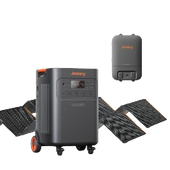
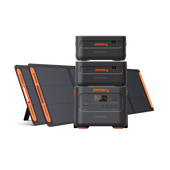
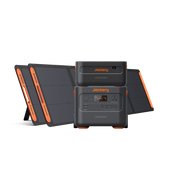
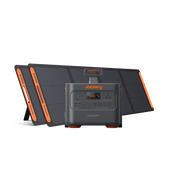

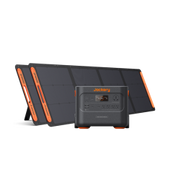
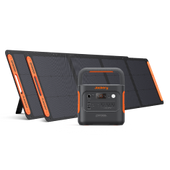

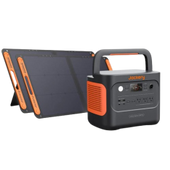
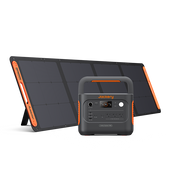
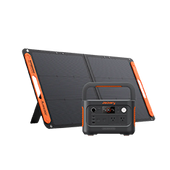

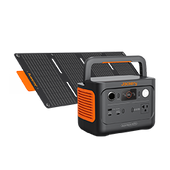
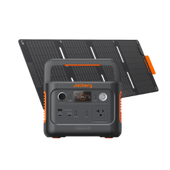
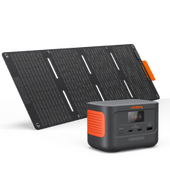
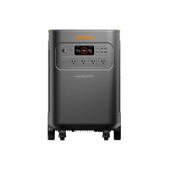

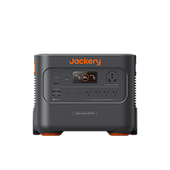
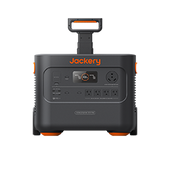
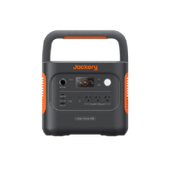
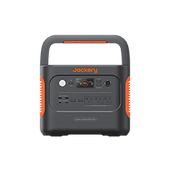
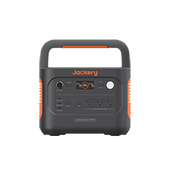
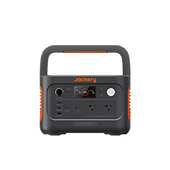
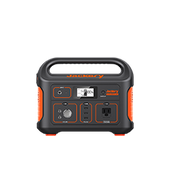
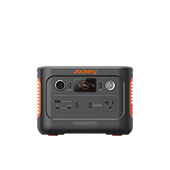

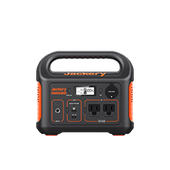
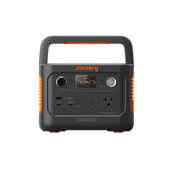
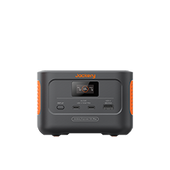



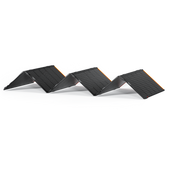
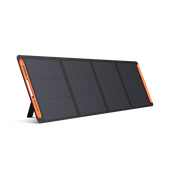
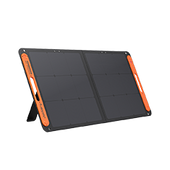
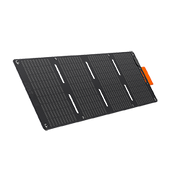
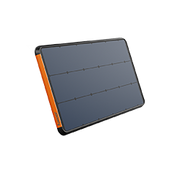
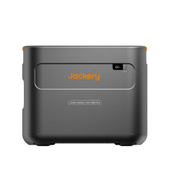
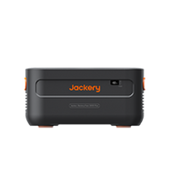
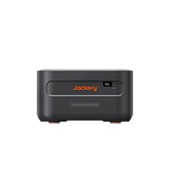

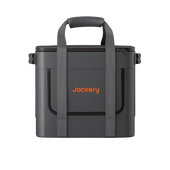
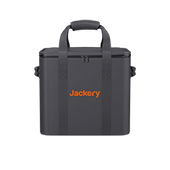
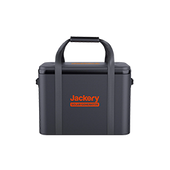
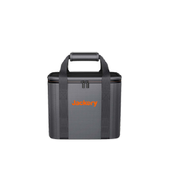
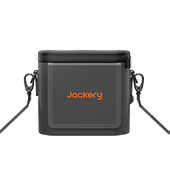
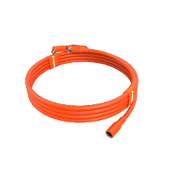

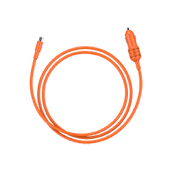

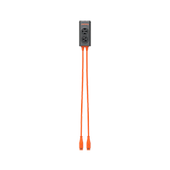
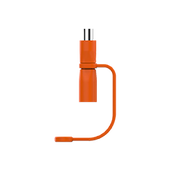
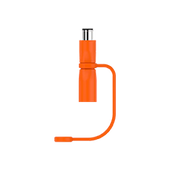
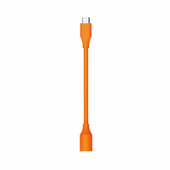
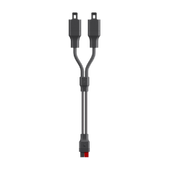
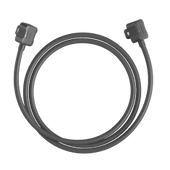
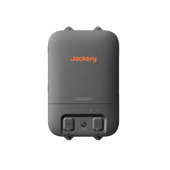
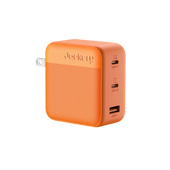

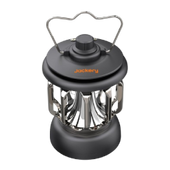


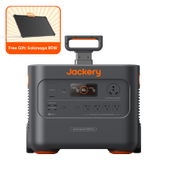
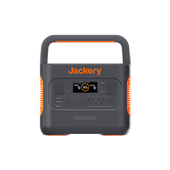
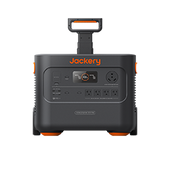
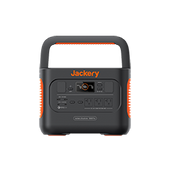
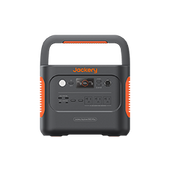
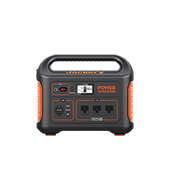
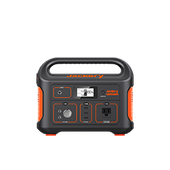
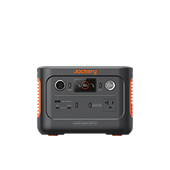
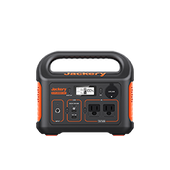
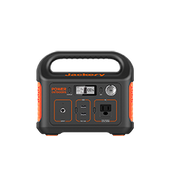
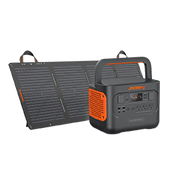
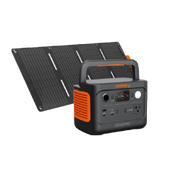
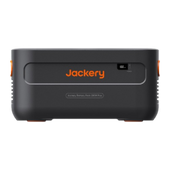
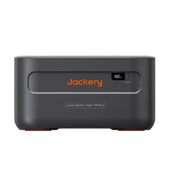
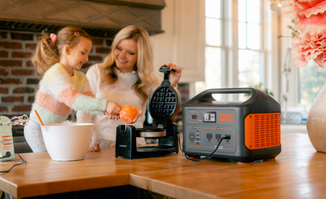
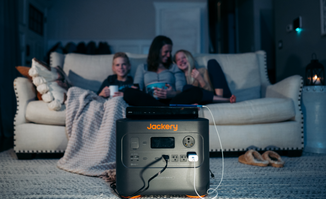
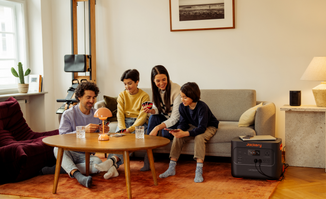
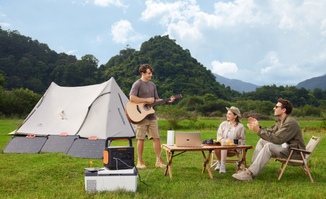
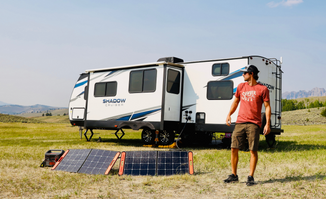

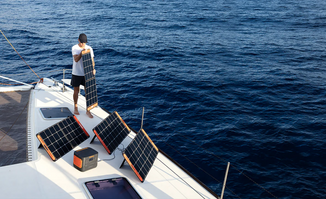
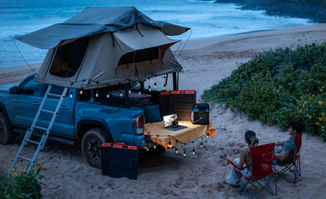
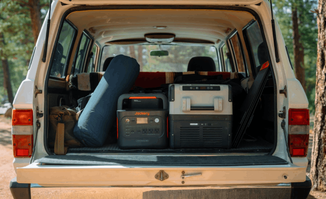

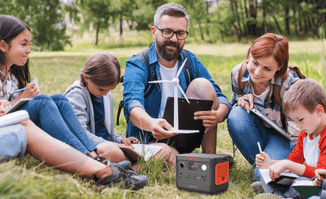


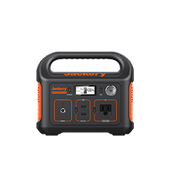
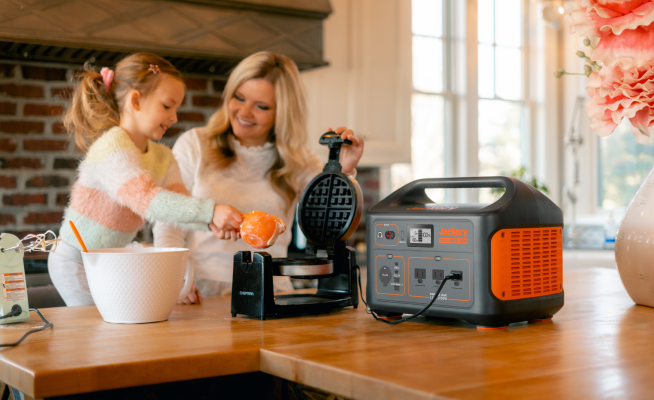
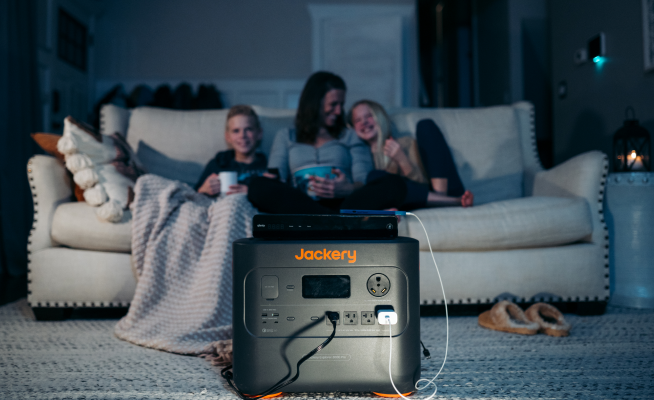
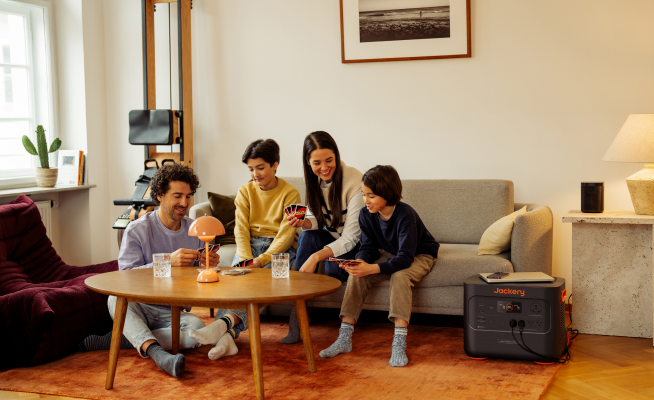
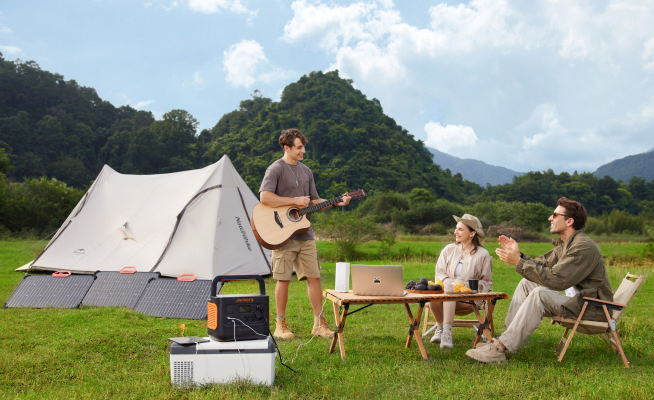
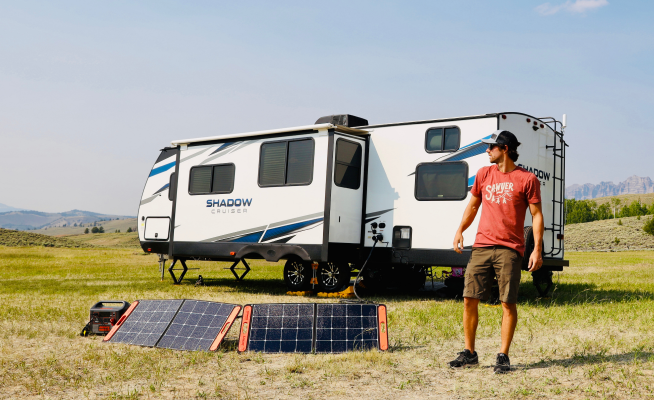
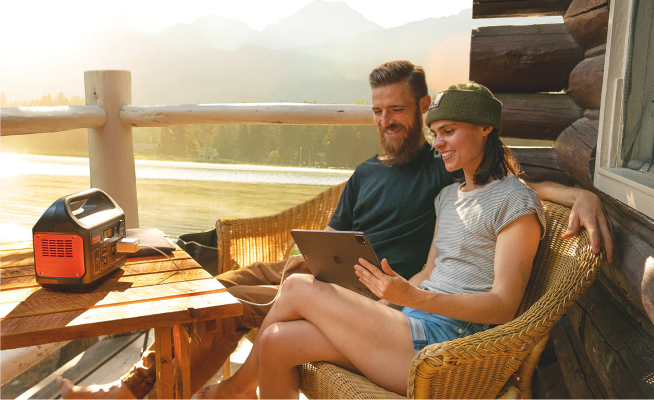
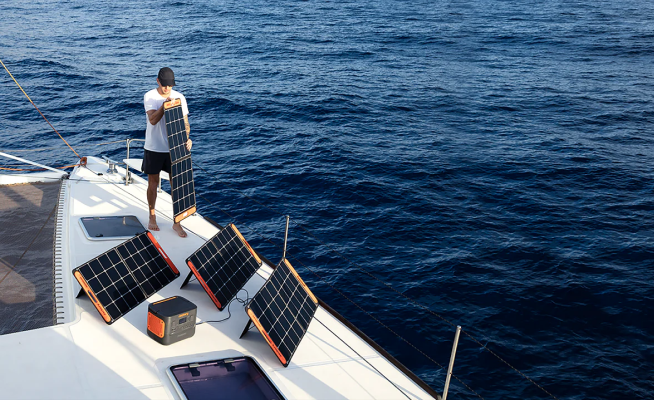
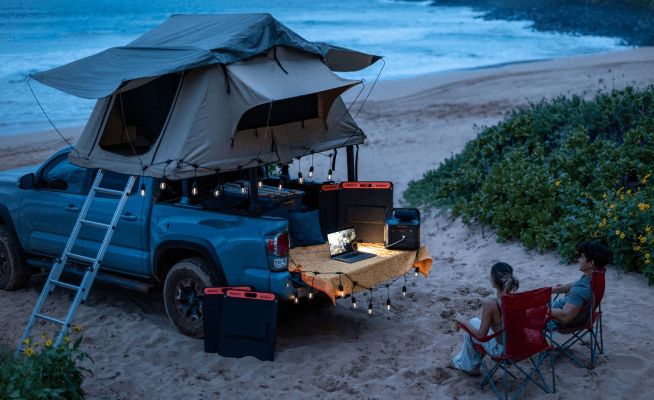
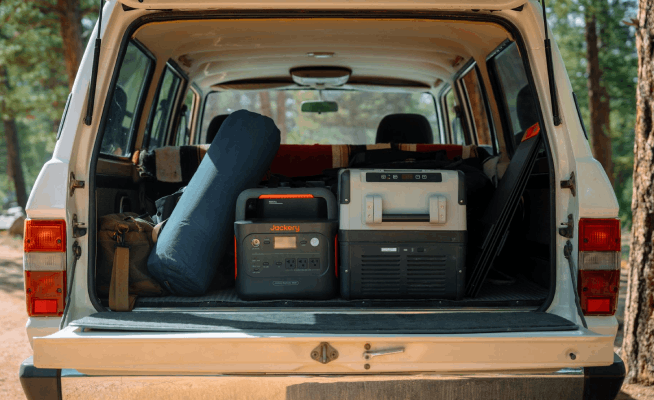

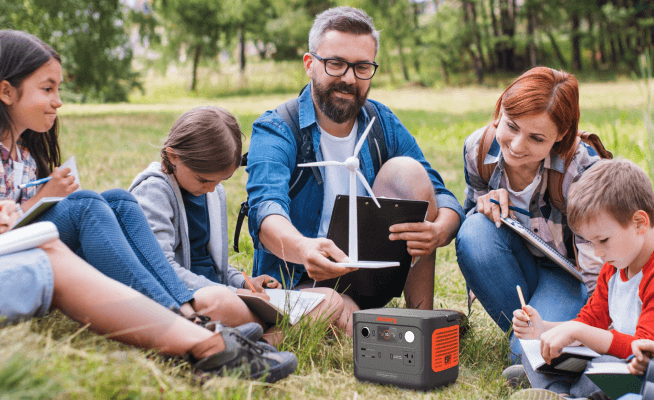
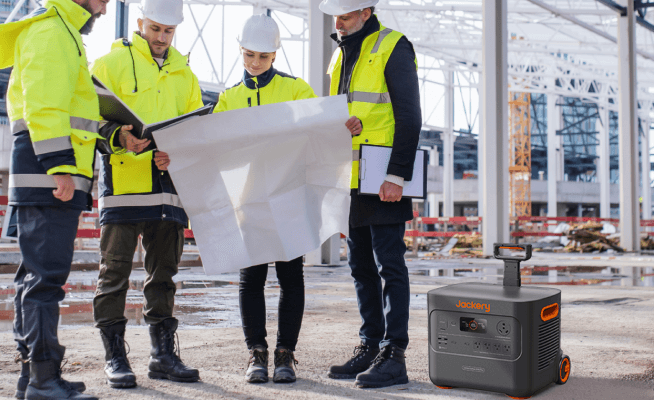










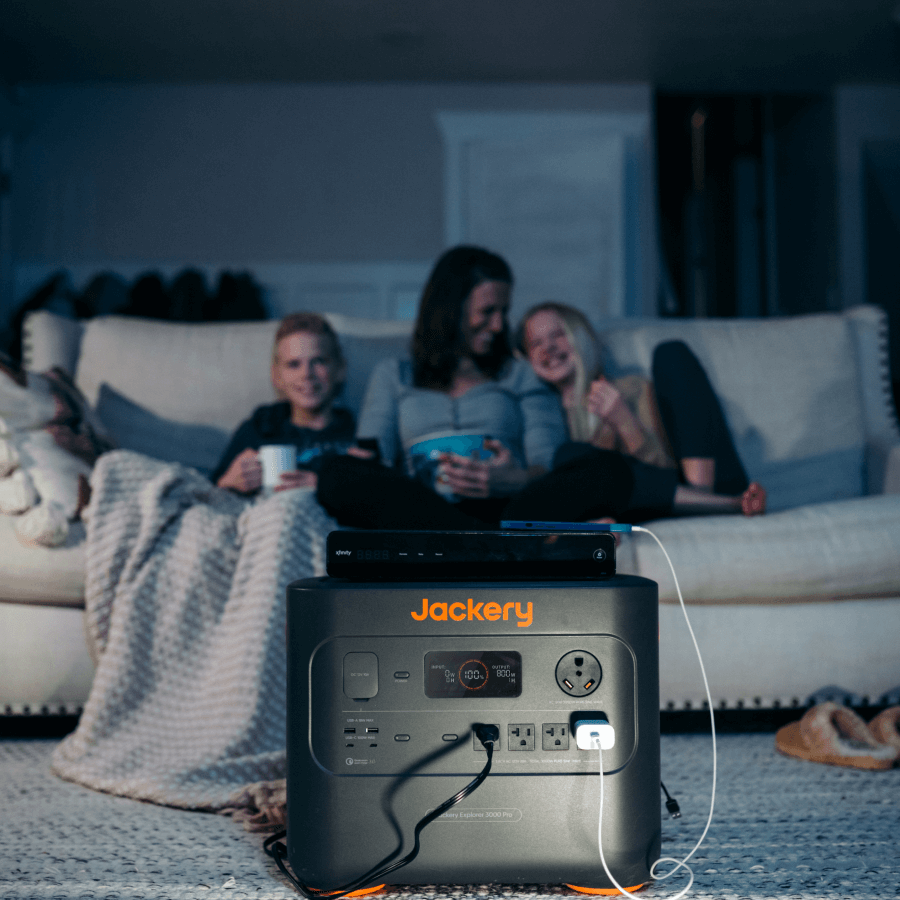
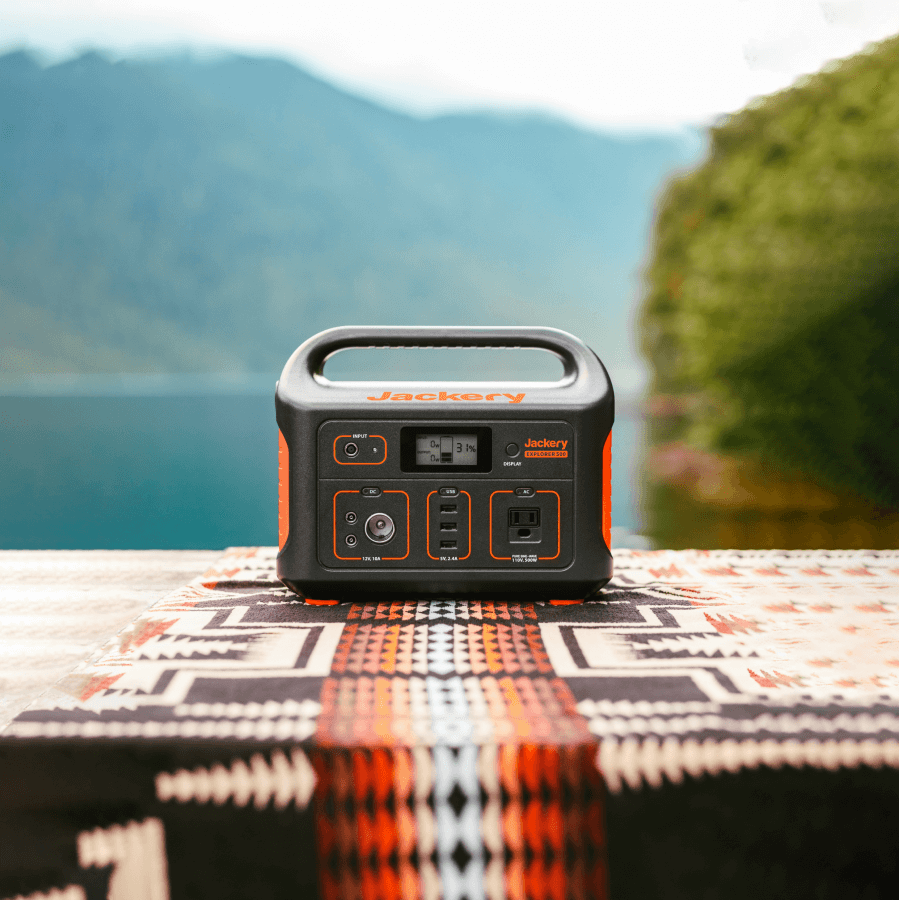
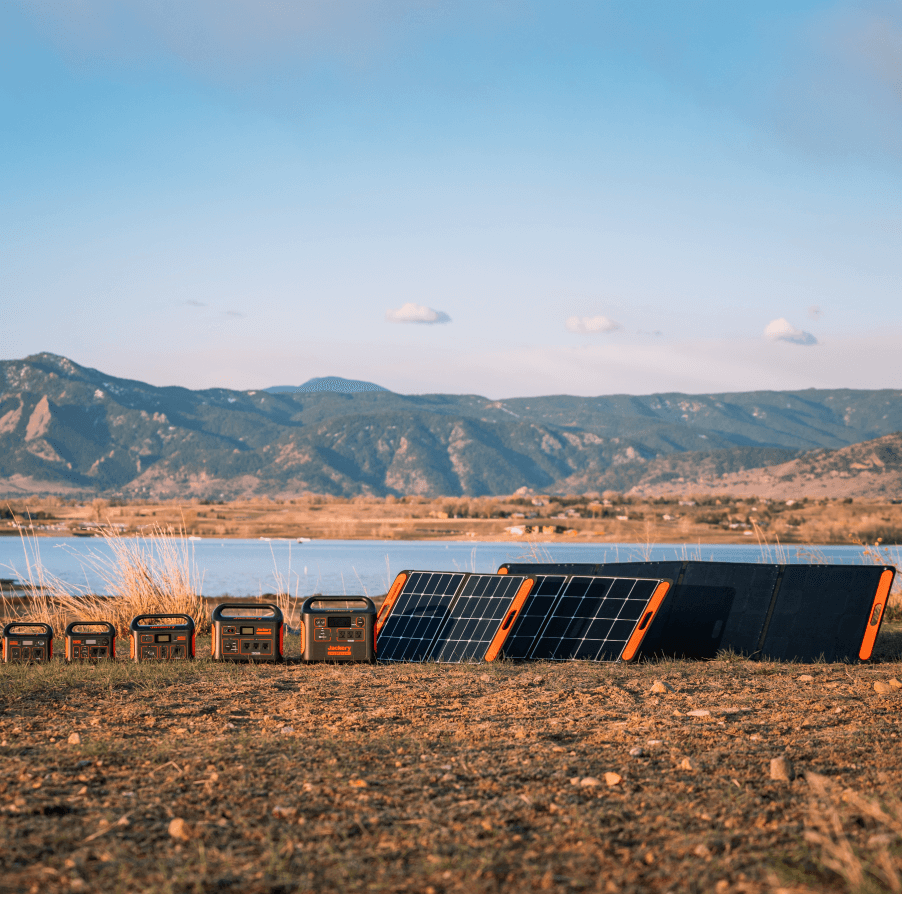
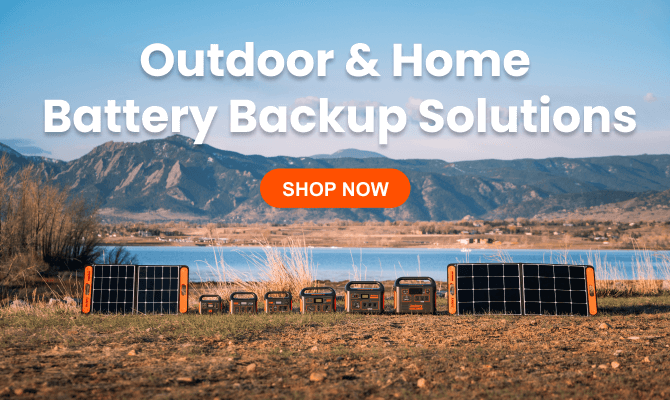
Leave a comment